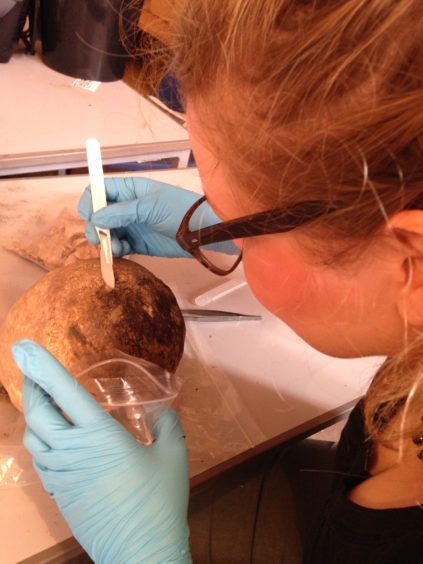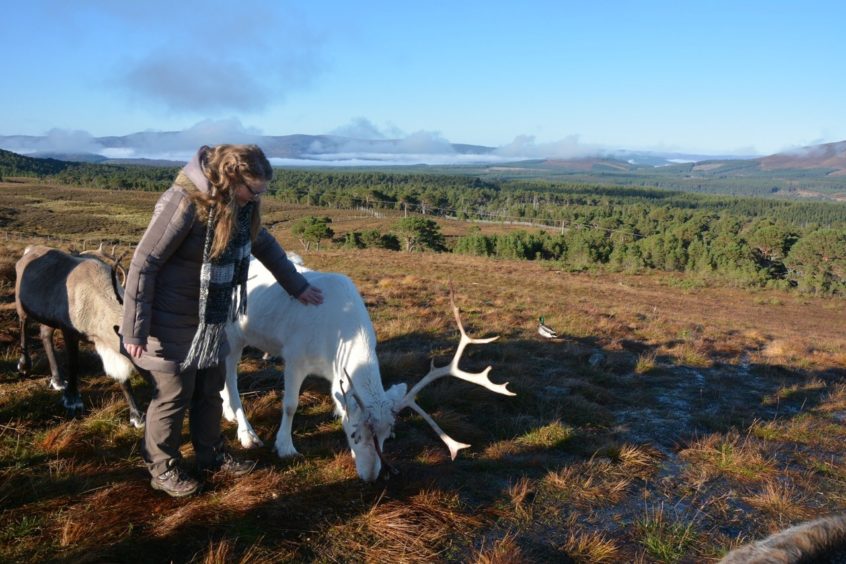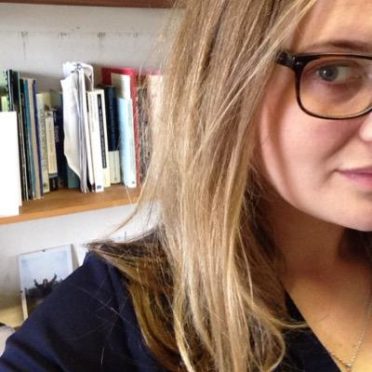An Aberdeen University archaeologist has been awarded £100,000 to advance her pioneering work exploring modern Scots’ ancestors through the study of their bone chemistry.
Kate Britton has been given a 2019 Philip Leverhulme Prize by the Leverhulme Trust, which has supported 30 “exceptional researchers” to the tune of £3million.
She is a specialist in the use of an archaeological technique known as stable isotope analysis for the reconstruction of past diets, movements, and environments.
As people grow up and their tissues renew themselves, the isotopes in food and liquids are incorporated into everyone’s body tissues, including the skeleton.
By measuring the ratios of different isotopes in bones or teeth and using scientific knowledge about how they occur in nature to trace them back to their source, archaeologists can find out many things about individuals, such as their diet and the environment in which they lived.

Ms Britton’s funding will allow her to develop two projects, one looking at Scotland’s palaeolithic past and the other exploring life in cities around the North Sea in the medieval and early modern period.
She said: “It is a very great honour to receive this award. The prize funds will allow me to develop work in a number of important areas.
“Scotland was often considered uninhabitable until after the end of the last Ice Age and has been largely absent from the study of the Palaeolithic past. In recent years, new evidence has emerged, and I’m really keen to build on that.
“Until now, work has focused on identification of its most easily-recognisable elements, stone tools, but true insight can only come from an approach that also incorporates Scotland’s late glacial landscapes, climate, environment, flora and fauna.

“In the medieval and early modern period, the North Sea was a melting-pot of commodity, cultural exchange and community – a subject that has received significant attention from historians, but little from bio-archaeologists.
“In this period, urban life as we know it in Northern Europe was emerging – legally and economically, but also socio-culturally and biologically.
“Our current research is providing novel insights into foodways and cultural norms during this period in Scotland, illuminating life in cities at the ‘fringe’ of the North Sea world – and I’m really looking forward to expanding this work to other regions”.
